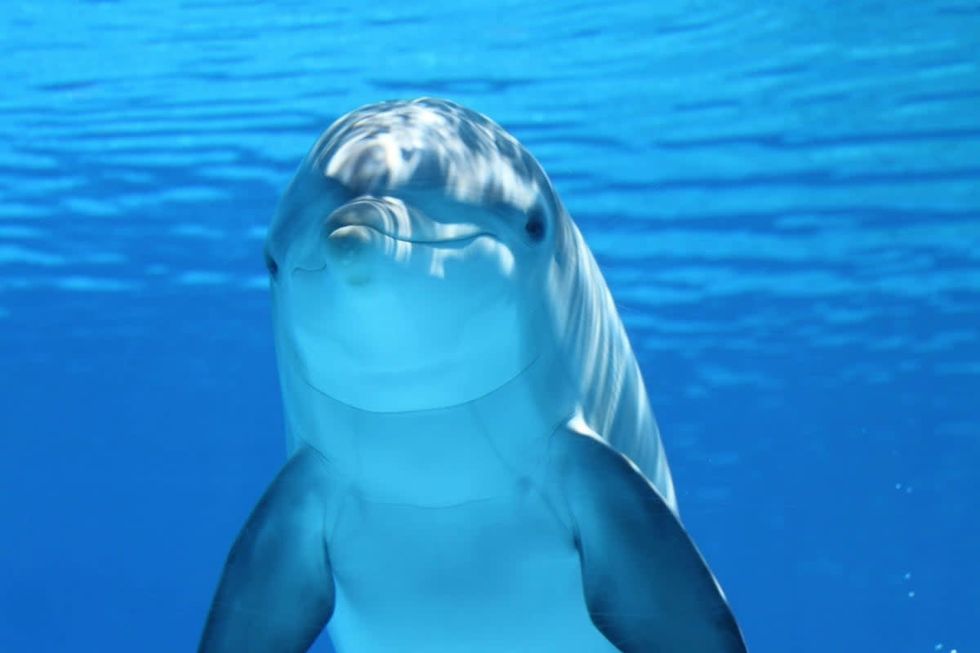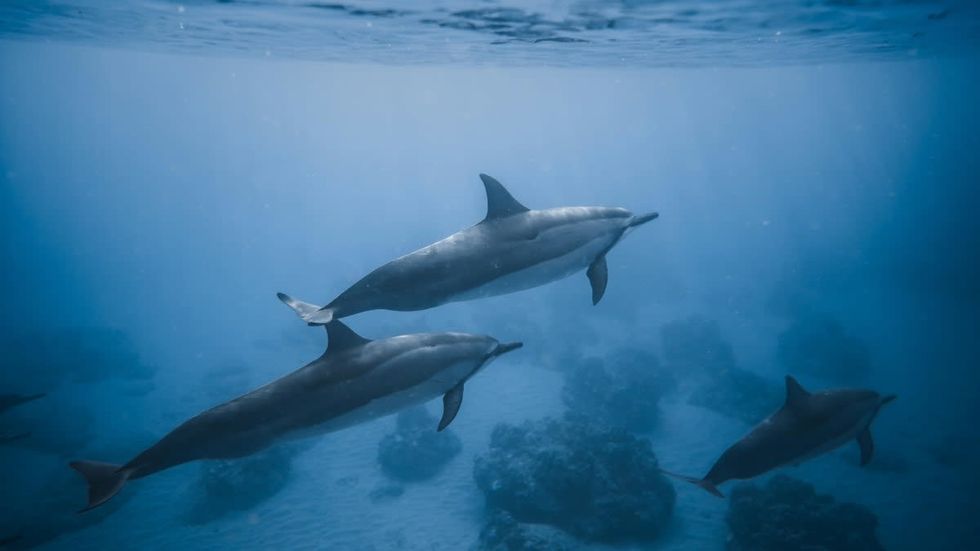Accents are a noticeable part of human languages, but did you know they aren't limited to humans? According to IFLScience, new research suggests that bottlenose dolphins in different regions of New Zealand also have distinct accents. It's still unknown if dolphins with different accents face communication challenges.

Dr Jessica Patiño-Pérez, the lead author of the research from Massey University, recorded sounds of dolphin whistles from the Great Barrier Island (GBI) off New Zealand Aotearoa’s north coast and received recordings of the dolphin population from the south at Doubtful Sound (DS) from Dr Marta Guerra of Otago University.

Patiño-Pérez then worked with her colleagues to analyze the sounds created by these dolphins and those from other dolphins around the world. The differences piqued the curiosity of people. As per the study, the whistles from the south were longer in duration and had more inflection than the ones from the Great Barrier Island. "At a global scale, the acoustic parameters of the whistles from the New Zealand populations clustered with populations found in the Northern Hemisphere, rather than to those in the Southern Hemisphere," stated the research.

The experts also said, "At Great Barrier Island, the most common type of whistle was upsweep followed by sine, while at Doubtful Sound, convex and sine whistles were the most common whistle types." The whistles largely depend on a dolphin's local environment, as well. Dolphins who live in deeper waters generally use lower sounds than the ones who live closer to the coast.
Interestingly, dolphins have signature whistles, similar to names, to identify each other. They use these whistles for coordination, maintaining harmony, recognition, and establishing social behaviors. Over time, isolated populations develop different language patterns, much like humans.
It is still unknown how long it takes for isolated groups to develop distinct languages. The two New Zealand dolphin populations are also genetically different, indicating they have been separated for a long time.
The whistle sounds are so different that computers can recognize the whistles coming from two different groups with an accuracy of 90 percent, all because of the sounds recorded by the team. According to the authors of the study, "The key differences were whistle-type contour, duration, and end frequency." One more intriguing fact is that the GBI dolphins use lower frequency even after living closer to the coast than their southern counterparts. The experts believe the southern dolphins might be adapting their frequency in response to the increasing number of boats in the ocean. It's also likely that the populations could have been separated from each other due to their drastically different tones.


















 Representative Image Source: Pexels | Anni Roenkae
Representative Image Source: Pexels | Anni Roenkae Representative Image Source: Pexels | Its MSVR
Representative Image Source: Pexels | Its MSVR Representative Image Source: Pexels | Lucian Photography
Representative Image Source: Pexels | Lucian Photography

 Representative Image Source: Pexels | francesco ungaro
Representative Image Source: Pexels | francesco ungaro Representative Image Source: Pexels | parfait fongang
Representative Image Source: Pexels | parfait fongang Image Source: YouTube |
Image Source: YouTube |  Image Source: YouTube |
Image Source: YouTube |  Image Source: YouTube |
Image Source: YouTube | 
 Representative Image Source: Pexels | Hugo Sykes
Representative Image Source: Pexels | Hugo Sykes Representative Image Source: Sectional view of the Earth, showing central fire and underground canals linked to oceans, 1665. From Mundus Subterraneous by Athanasius Kircher. (Photo by Oxford Science Archive/Print Collector/Getty Images)
Representative Image Source: Sectional view of the Earth, showing central fire and underground canals linked to oceans, 1665. From Mundus Subterraneous by Athanasius Kircher. (Photo by Oxford Science Archive/Print Collector/Getty Images) Representative Image Source: Pexels | NASA
Representative Image Source: Pexels | NASA




 Representative Image Source: Pexels | Steve Johnson
Representative Image Source: Pexels | Steve Johnson Representative Image Source: Pexels | RDNE Stock Project
Representative Image Source: Pexels | RDNE Stock Project Representative Image Source: Pexels | Mali Maeder
Representative Image Source: Pexels | Mali Maeder
 Photo: Craig Mack
Photo: Craig Mack Photo: Craig Mack
Photo: Craig Mack